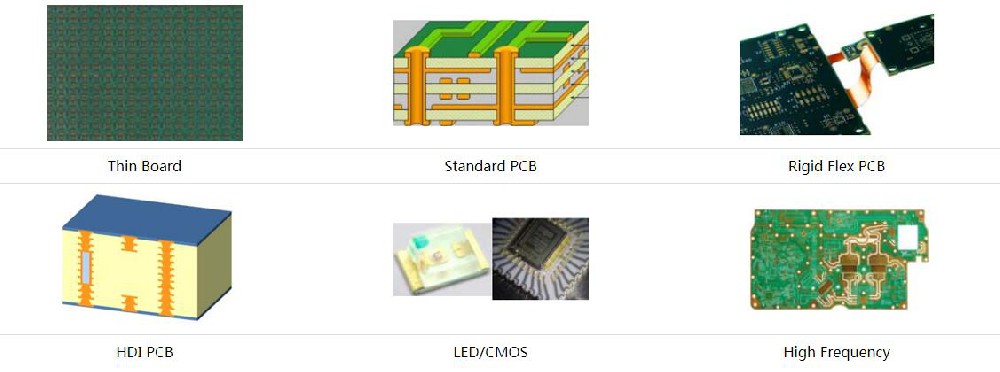Introduction:
China Topscom posted,Printed Circuit Boards (PCB boards) are an integral part of modern electronic devices. They provide a platform for connecting and supporting various electronic components, enabling the smooth functioning of electronic devices. PCBs are used in a wide range of applications, from consumer electronics to industrial equipment. In this article, we will explore what a PCB board is, its production process, and the various stages involved.
What is a PCB Board?
A PCB board, also known as a printed circuit board, is a flat board made of non-conductive material, typically fiberglass, with a thin layer of conductive material, usually copper, on one or both sides. The conductive layer is etched to create a pattern of pathways, known as traces, which connect different components on the board. These components can include resistors, capacitors, integrated circuits, and more.

The Production Process:
The production of a PCB board involves several stages, each crucial for the final product's quality and functionality. Let's delve into each of these stages:
Design and Schematic Capture:
The first step in PCB production is designing the circuit schematic. This involves creating a visual representation of the circuit, including all the components and their connections. Specialized software is used for schematic capture, which allows engineers to create and modify the circuit design efficiently.
PCB Layout Design:
Once the schematic is complete, the next step is to design the physical layout of the PCB. This involves placing the components on the board and routing the traces to establish the necessary connections. The layout design must consider factors such as signal integrity, power distribution, and thermal management.
Fabrication:
After the layout design is finalized, the fabrication process begins. It starts with selecting the appropriate base material, typically fiberglass epoxy laminate, and applying a layer of copper foil to it. The excess copper is then removed using a chemical etching process, leaving behind the desired traces and pads.
Drilling:
Next, the PCB undergoes a drilling process to create holes for component mounting and electrical connections. These holes are typically made using automated drilling machines, which ensure precision and accuracy.
Plating:
To enhance the conductivity of the PCB, a plating process is carried out. This involves depositing a thin layer of metal, such as copper or gold, onto the exposed copper surfaces. The plating also helps protect the traces from oxidation and corrosion.
Solder Mask Application:
A solder mask is applied to the PCB to protect the copper traces from accidental solder bridging during the assembly process. The solder mask is typically a green or red coating applied to the entire board, leaving only the component pads exposed.
Silkscreen Printing:
Silkscreen printing is the process of adding labels, symbols, and other identifying information to the PCB. This helps in component placement and assists technicians during assembly and troubleshooting.
Assembly:
The final stage of PCB production is the assembly process. This involves mounting the electronic components onto the PCB and soldering them in place. The assembly can be done manually or using automated pick-and-place machines, depending on the complexity and volume of the production.
Conclusion:
PCB boards are the backbone of modern electronic devices, providing a platform for connecting and supporting various components. The production process involves several stages, from design and layout to fabrication and assembly. Each stage requires careful attention to detail and adherence to industry standards to ensure the final product's quality and functionality. Understanding the PCB production process helps us appreciate the complexity and precision involved in creating these essential components of our technological world.


